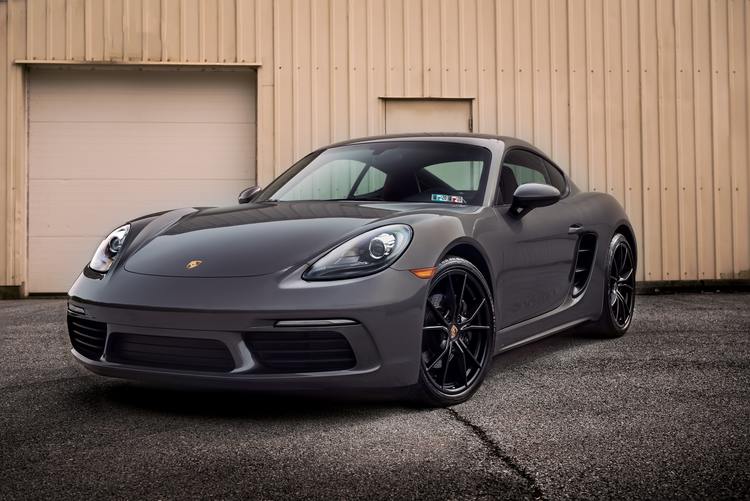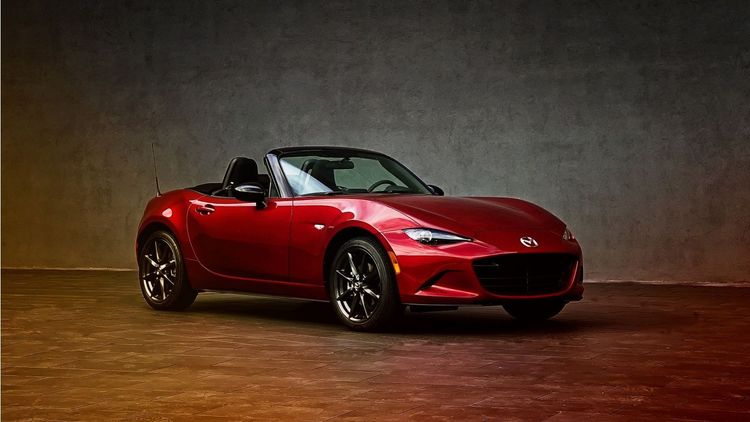Different Types Of Car Body Styles and Segments Explained
 (Photo Credit: VectorStock)
(Photo Credit: VectorStock)
There are many types of cars on our roads in different shapes and sizes; they are identified according to their body styles and segments in Malaysia.
Do you feel lost when listening to a conversation between two car owners and they start mentioning terms like "sedan" or "SUV"?
Don't worry, we've helped you create a list of the different types of car body styles and vehicle segments for your reference so you too can join in the conversation.
Let's dive into it.
Sedans
 (Photo Credit: Pexels)
(Photo Credit: Pexels)
Whenever someone mentions the word "car", sedans are the first image that pops into our minds. It is one of the most common and traditional on-road cars to date; it has four-doors, front and rear bumpers, and a closed roof.
They are usually available in a variety of sizes; you've got subcompact (Perodua Bezza), compact (Audi A3 Sedan), mid-size (Nissan Almera) and large-sized sedans (Toyota Camry). Such cars fall under A to D segments, respectively.
Taking it up a notch, you have the Audi A6 sedan together with the executive segment cars, and the Mercedes Benz S-Class which is identified as a luxury segment car.
Hatchbacks

(Photo Credit: Unsplash)
Hatchbacks have been popular for decades among Malaysian car buyers. They are affordable and easy to get around in. The essential advantage is that hatchback owners can manoeuvre around the tightest car parks and cruise through narrow roads with ease.
Even though it is smaller in size than a traditional sedan, it can still accommodate 4 to 5 people comfortably. Examples are the Perodua Myvi, Honda Jazz and the powerful Hyundai i30 N.
Although high-performance hatches are identified as C-segment cars, most of them are categorised with the A-segment and B-segment cars.
Sports-Utility Vehicle (SUV)
(Photo Credit: Perodua Malaysia)
In theory, the SUVs are as practical as a wagon, but they are boxier in shape. SUVs offer higher seating positions and better storage for both taller and bulkier items. They are also built for both on and off-road capabilities.
Just like sedans, there are also compact SUVs (Perodua Ativa), mid-sized SUVs (Honda CR-V) and family-sized SUVs (Toyota Fortuner). They are being differentiated into the B-segment, C-segment, and some rugged ones are 4x4, accordingly.
Station Wagon
 (Photo Credit: autoevolution)
(Photo Credit: autoevolution)
Station wagons are somewhat similar to hatchbacks in terms of styling but designed to be longer and wider, which allow more space for golf bags or bicycles when the rear seats are not in use. While it shares similar practical attributes as an SUV, the lowered boot lid is a plus point, which means you'll require less effort when storing items.
Cars like the Mazda 6 Touring and Subaru Outback are good examples within these categories; they are classified together with the D-segment vehicles.
Multi-Purpose Van MPV

(Photo Credit: Honda Malaysia)
MPVs are similar to wagons but are taller and longer, with more room for the passengers seated at the 3rd-row. The purpose is to fit up to 7 or 8 people comfortably. There is a generous amount of cargo space when the 3rd and 2nd row of seats are tuck away too.
Modern MPV like the Honda Odyssey (large) comes with sliding doors that allow customers to configure the 2nd-row seats into 'captain chairs', which promises a comfortable ride for passengers on long journeys. On the flip side, the Perodua Alza (compact) comes with regular doors and is affordable for the masses.
These practical family cars are group together with the B and D segment vehicles.
Pick-Up Truck

(Photo Credit: autoevolution)
Pick-up trucks are among the most common types of vehicles in Malaysia, with the ability to ferry passengers and load up heavy-duty items thanks to the massive open cargo bed. These muscular vehicles usually appeal to drivers who take off-beaten paths regularly or go camping and fishing with the family.
The popular Isuzu D-MAX and Toyota Hilux are pick-up trucks that come standard with adaptive ride suspension systems powered to all four wheels with a set of all-terrain tyres to overcome muddy tracks.
They are group together with the Truck/4X4 segment vehicles.
Coupe

(Photo Credit: Unsplash)
As the name suggests, "Coupe" are cars designed with a sporty sloping roofline for better aerodynamic efficiency. Take the Porsche 718 Cayman GT4 as an example, it is built with two-doors and a fixed roof for comfortable rides.
The design language has expanded to drivers who need a vast amount of space. Four-dour Coupes, like the Audi A5 Sportback, and SUV Coupes like the Mercedes Benz GLC Coupe are examples that blend athleticism with practicality.
They are under the sports cars or compact executive segment, respectively.
Convertible

(Photo Credit: WallpaperAccess)
Convertibles are cars with foldable roofs, or also known as "drop tops". It has two doors equipped with two seats, and some of which has +2 configurations for the passengers, like the Mercedes-Benz E Class Cabriolet (another term for convertible).
There are two types of foldable roof materials, mainly soft and hard. Soft-top convertibles, like the Mazda MX5 Miata, is covered with fabric, and some utilise canvas or vinyl material.
On the other hand, the BMW Z4 Convertible's retractable top is made of aluminium; while other hardtop cars come with either hard plastics or steel roof.
Convertibles are differentiated into the executive, grand tourer, luxury and sports car segments in Malaysia.
I want to find the highest selling price for my car within 24 hours!
Read more: Trading-In VS Selling Your Car in Malaysia: Pros & Cons


